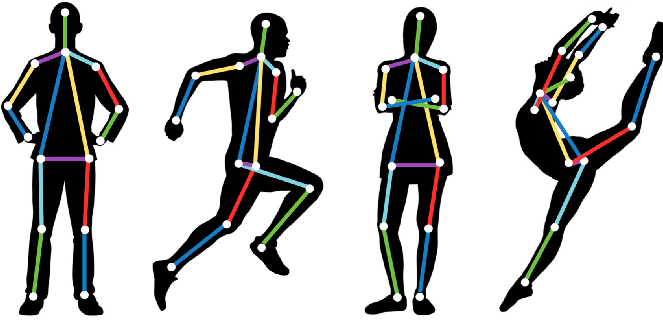In the rapidly evolving landscape of artificial intelligence and machine learning, pose estimation technology stands as a testament to the remarkable strides made in computer vision. From enhancing virtual reality experiences to revolutionizing physical therapy, the applications of machine learning pose estimation are as diverse as they are groundbreaking.
Understanding Pose Estimation
Pose estimation involves detecting and tracking the position and orientation of a human body or individual body parts in an image or video. This technology has traditionally been used in fields such as sports analytics, animation, and healthcare. However, recent advancements have pushed the boundaries of its utility, making it indispensable in various industries.
The Technology Behind It
At its core, pose estimation relies on complex algorithms and deep learning models trained on vast datasets. These models can accurately identify key points on a person’s body, such as joints and limbs, and predict their positions in real-time. This process involves convolutional neural networks (CNNs) and other machine learning techniques that enable computers to interpret and analyze visual data.
Applications in Different Industries
- Healthcare and Rehabilitation: Pose estimation machines are increasingly being used in physical therapy and rehabilitation to monitor patient movements and provide real-time feedback. This helps therapists customize treatment plans and track progress more accurately.
- Retail and Customer Analytics: In retail, pose estimation can analyze customer movements and behaviors in stores, providing insights into foot traffic patterns and optimizing store layouts for better customer engagement.
- Virtual Reality and Gaming: In virtual reality and gaming, accurate pose estimation enhances user experience by allowing more natural interactions with virtual environments and characters. This technology is also used in motion capture for animation and special effects.
- Sports and Biomechanics: Pose estimation is pivotal in sports analytics, helping coaches and athletes analyze movement patterns, improve technique, and prevent injuries. It is used in sports like soccer, basketball, and athletics to track player movements and refine strategies.
- Security and Surveillance: Pose estimation can enhance security systems by detecting abnormal behaviors and identifying potential threats in public spaces and sensitive areas.
Challenges and Future Directions
Despite its immense potential, pose estimation faces several challenges. These include occlusions, varying lighting conditions, and the need for robustness in complex environments. Researchers are actively working on improving algorithms to address these challenges and make pose estimation more accurate and reliable.
Looking ahead, the future of pose estimation machines seems promising. With ongoing advancements in deep learning and computer vision, these machines are poised to become even more sophisticated, with applications expanding into new fields such as autonomous driving, augmented reality, and smart home technology.
